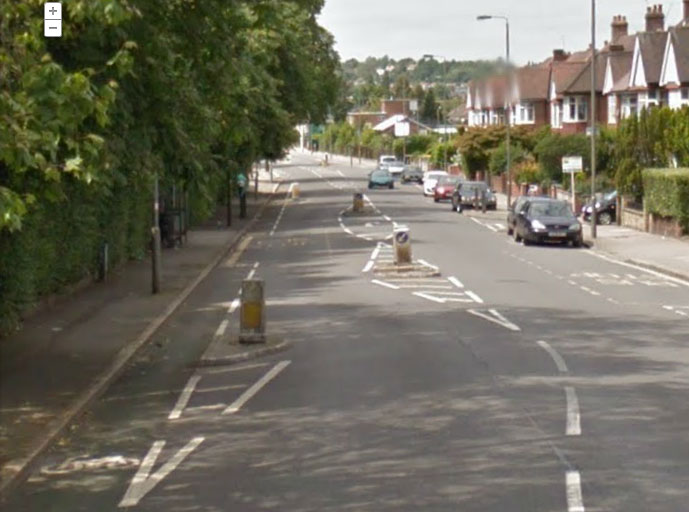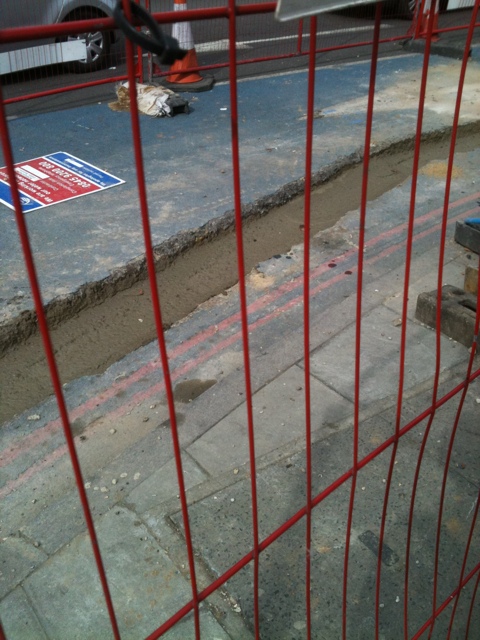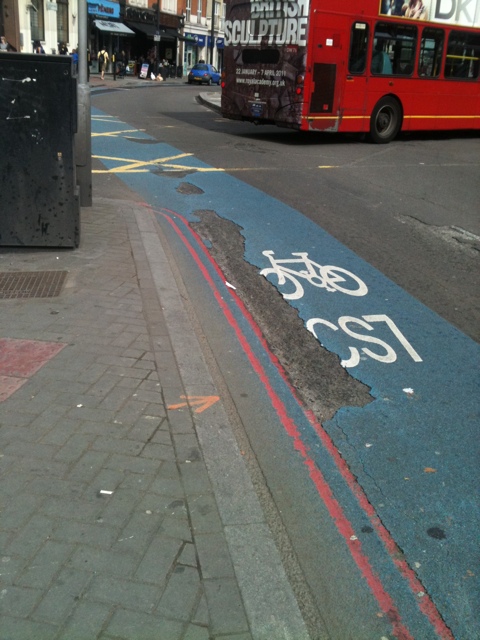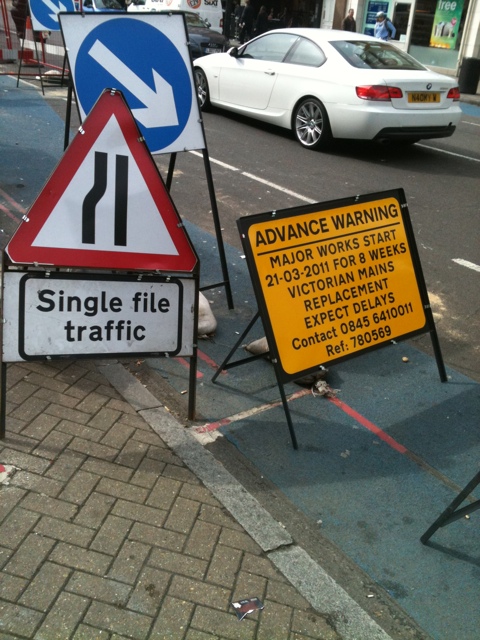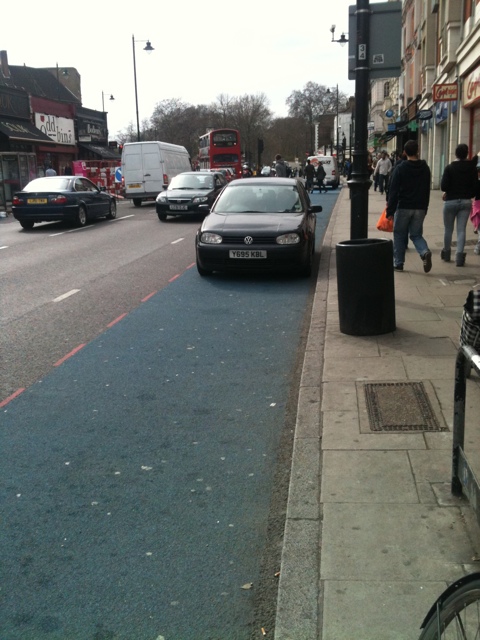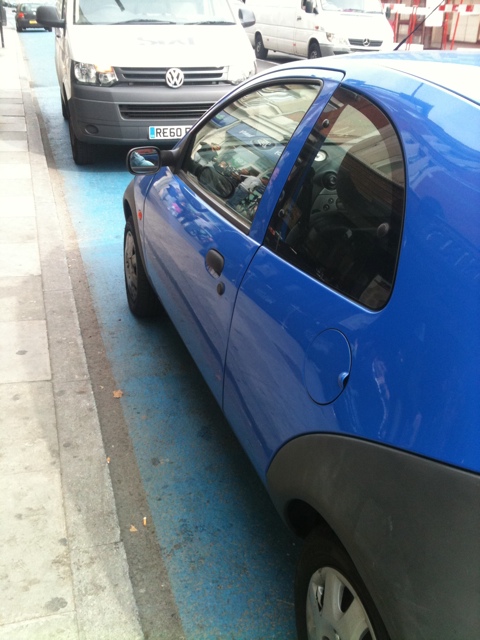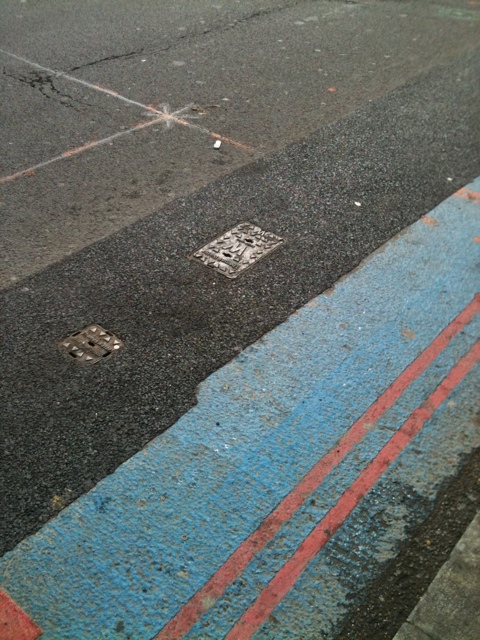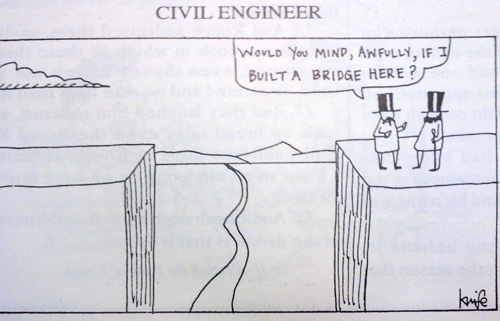Westminster Council have been playing games with the mayor, putting improvements for walking, cycling, public transport and one of our greatest parks in jeopardy. It’s time for Sadiq Khan to get a grip and deliver, before it’s too late.
In December 2016, Sadiq Khan announced construction of CS11, from Swiss Cottage to the West End, would start in 2017. Since then, nothing has happened — and now the whole project is in danger.
CS11, for those unfamiliar, should provide some desperately needed improvements to north London neighbourhoods in Swiss Cottage and Primrose Hill, and even more so to Regent’s Park. Nominally a “Cycle Superhighway” scheme, most of the improvements it makes are somewhat mediocre for cycling — like “semi-segregated” cycle lanes on Avenue Road, and cycle tracks on Portland Place that would probably prove too narrow and soon need upgrading.
Really, CS11 is a set of important improvements to the general environment of the places and neighbourhoods along the route, and that’s where its value lies.
In Swiss Cottage it will remove the vast gyratory of speeding traffic that severs neighbourhoods and suppresses the potential of this local hub. It will transform the public transport interchange here, and provide bus priority to cut journey times on most of the bus routes.
In Primrose Hill and St John’s Wood it will halt the otherwise relentlessly rising tide of ratrunning traffic that is taking over residential streets.
And most importantly of all, in Regent’s Park it closes the gates on the habitually speeding motorists that race through this place of recreation, destroying the peace and polluting the haven of our parkland.
This is a scheme which has huge benefits for residents, park users, public transport passengers and cyclists — for everyone except the drivers who think they should be able to take a short-cut through parks and residential streets. Which is why so many people supported it in the first place, during the consultation stage.
Time is running out and Sadiq Khan needs to get a grip
I have no party allegiances. I’m not anti-Sadiq. He got my (second preference) vote. I like a lot of what he says. And he’s not even the villain here.
The Conservatives of Westminster City Council are the villains. They’ve been playing games with CS11 — and playing games with the Mayor. They’re causing trouble, muddying water, in order to introduce delays until time runs out on the project.
Westminster have introduced an alternative proposal for Regents Park, watering down the changes to the point where they become entirely useless. They suggest closing a token couple of gates for token couple of hours a day, leaving it no less full of speeding traffic and pollution.*
Their proposal is a wrecking amendment: it is obviously useless, and therefore obviously unacceptable to all the other stakeholder organisations at the table. But it will tie everybody up arguing about details it until it’s too late.
Because it seems the rest of the route is now on hold until the park question is resolved. And I’m told that if work doesn’t start on the northern sections of the route soon, it will be too late to complete it before other major construction works are scheduled to begin nearby. Fixing the ever-growing problems blighting the people of Swiss Cottage and Primrose Hill will be off the cards for years.
A walkover in the park
But on this important issue, it’s Sadiq Khan who is not delivering on his pledges and not showing the leadership of the mayor of a great city.
Closing the gates and restoring Regent’s Park should be such an easy, quick win. It’s popular. It’s cheap. It needs no lengthy or disruptive construction or preparation. It has already been consulted on and received wide support. The gates are shut from midnight to 7am every night anyway — it is literally more effort to open them every day than to keep them shut. If a leader can’t deliver this, what can they deliver?
A clean park, a fresh air haven in the centre of the city, could have been a fantastic, highly visible signal from an incoming Mayor that he’s taking air pollution seriously and leading with practical action.
Instead we’re nearly half way through this Mayoral term with nothing to show for it.
Sadiq Khan criticised his predecessor for his cavalier style, for pushing schemes forward without doing enough to address all the concerns raised by everybody affected. The professed approach of Khan, and his deputy for transport Val Shawcross, is to “take more time” and work through problems to make sure everybody’s happy.
Westminster’s Tory councillors have seen this and they have walked right over him.
Westminster are taking the piss, and eventually a leader has to stand up to that and not allow themselves to be played so easily.
A beast is stirring
Half way through Boris Johnson’s first term, people started getting tired of his bluster. Johnson made grandiose promises about the scale of his cycling programme which were visibly lacking in substance on the ground. He thought the constituency of people who cared strongly about this stuff was small.
Then some things started happening.
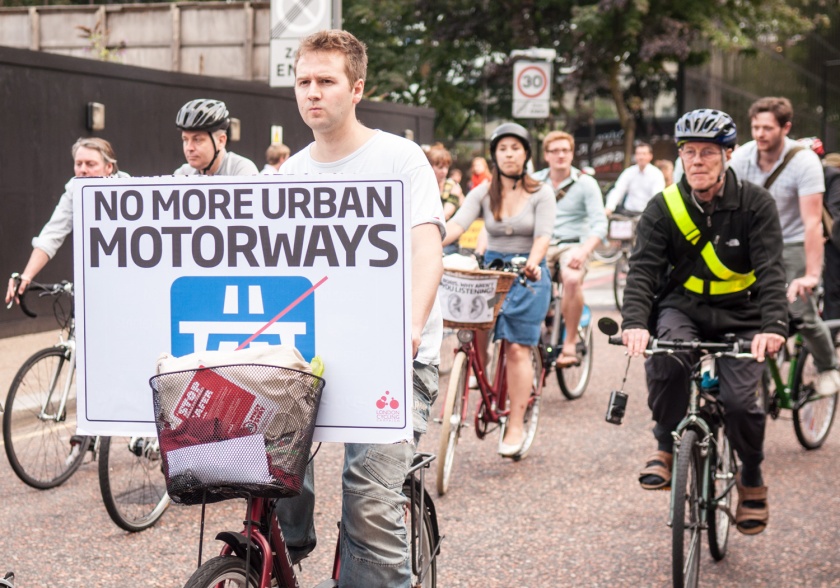
It began on Blackfriars Bridge. It was the tiniest of things really. A plan to revert a 20mph speed restriction, and replace a mandatory cycle lane with an advisory one, upon completion of the new Blackfriars Station.
A mediocre speed limit change and a rubbish bit of paint. Hardly quality infrastructure worth fighting for. But symbolic of a mayor who was so ineffective that he was letting things slide backwards — even the things that should have been so ludicrously easy to achieve.
It turned out there were a lot of people who cared. Thousands turned up to flashrides and rallies, and began making their voices heard.
It ended five years later, with that junction at Blackfriars transformed beyond recognition.
The people who got angry, and got organised, at Boris Johnson were placated when he finally delivered, and when Sadiq Khan was elected with a pledge to continue — and accelerate — the progress.
But once again, we’re half way through a mayoral term. Once again there has been a lot of talk and not much to show for it.
I feel the beast is getting restless.
—
*To really take the piss, and really slow things down, they even propose an entirely new change — to make Hanover Gate entry only — which nobody yet seems to have noticed is another one of those turning restrictions which actually facilitate increased motor traffic throughput. Dressed up and paid for as a cycling project of course.

